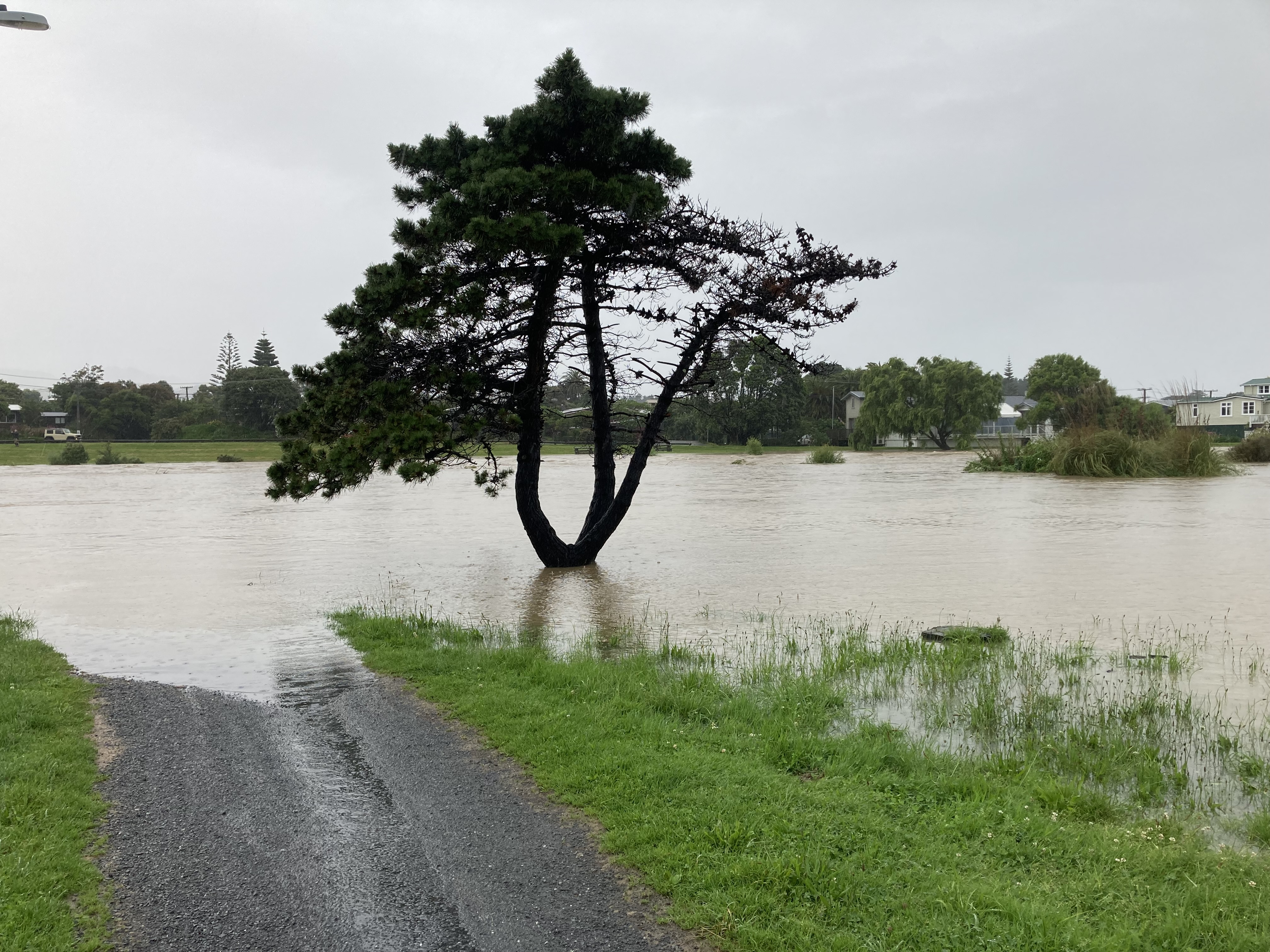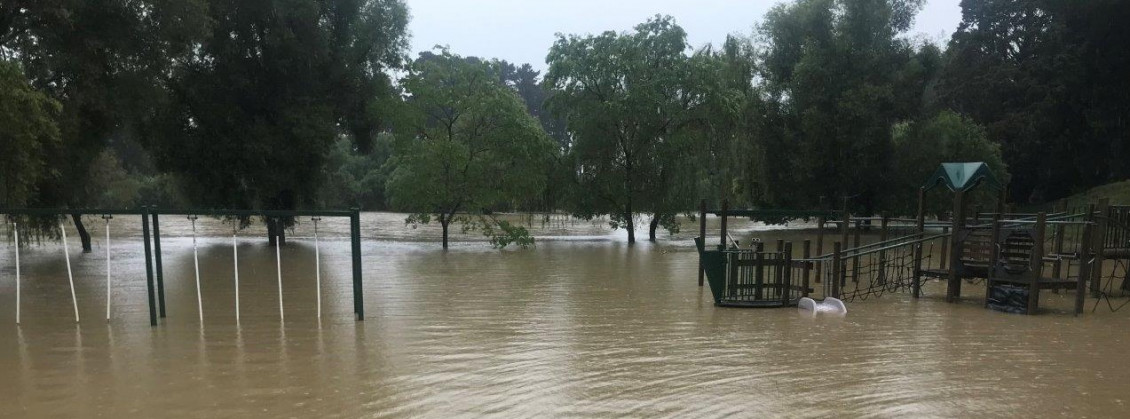 Flooding impacts more people, more often than any other natural hazard in Aotearoa.
Flooding impacts more people, more often than any other natural hazard in Aotearoa.
We estimate 80,000 buildings and 200,000 people are living in flood prone areas across the region.
Climate change is increasing the risk of flooding for river and coastal communities. It's causing sea levels to rise as well as more severe weather than ever before.
Here are some handy tips to help you stay safe before, during and after a flood.

Get in touch
- Phone:
- 0800496734
- Email:
- info@gw.govt.nz
